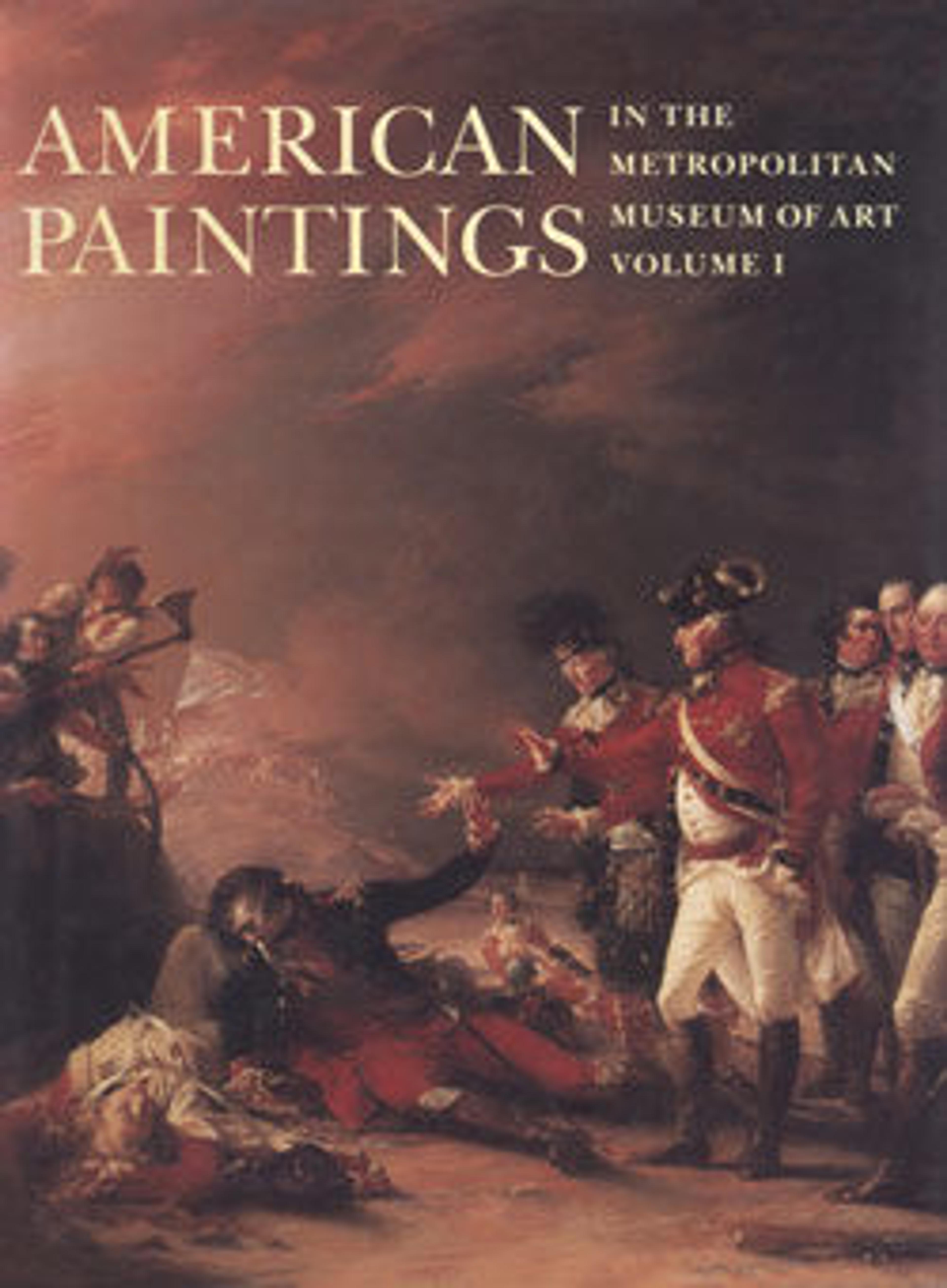Tea water pump
Before the completion of the Croton Aqueduct in 1842, fresh water was scarce in Manhattan. Wells often produced brackish water and those that did not eventually became polluted as the city’s population swelled. Such was the fate of the Tea Water Pump at Chatham and Roosevelt, fed by the nearby Fresh Water Pond. By the end of the eighteenth century, the seventy-acre pond in the sixth ward was a noxious mix of dead animals, sewage, and, especially, industrial waste from the local tanneries and potteries. Without other options, poor residents had to buy the tainted city water from local cartmen at a penny per gallon.
Artwork Details
- Title:Tea water pump
- Artist:William P. Chappel (American, 1801–1878)
- Date:1870s
- Culture:American
- Medium:Oil on slate paper
- Dimensions:6 1/16 x 9 5/16 in. (15.4 x 23.7 cm)
- Credit Line:The Edward W. C. Arnold Collection of New York Prints, Maps, and Pictures, Bequest of Edward W. C. Arnold, 1954
- Object Number:54.90.504
- Curatorial Department: The American Wing
More Artwork
Research Resources
The Met provides unparalleled resources for research and welcomes an international community of students and scholars. The Met's Open Access API is where creators and researchers can connect to the The Met collection. Open Access data and public domain images are available for unrestricted commercial and noncommercial use without permission or fee.
To request images under copyright and other restrictions, please use this Image Request form.
Feedback
We continue to research and examine historical and cultural context for objects in The Met collection. If you have comments or questions about this object record, please contact us using the form below. The Museum looks forward to receiving your comments.
